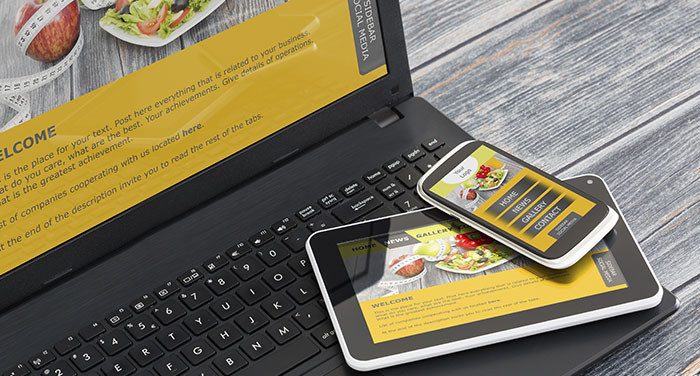Ten Website Design Trends for 2018
January 24, 2018
- Gradients. Yes, gradients. They were right out, like the number five for the past several years when flat design was king. Now they’re back, with brighter and bolder colors that flow together seamlessly.
- Drop Shadows. Another mainstay that had all but disappeared. These are now best used sparingly for a dramatic added dimension, rather than in every single shape and button on a website.
- Broken Grid Layouts. Yes, they still follow the grid, but they just don’t look like it. There is more overlapping of elements and an appearance that looks more freeform and interesting. https://dusko.shop/pages/about-the-brand
- Classic Serif and Variable Fonts. Classic serif fonts are on the way back in, now that there are web font services like Adobe’s TypeKit to insure they will be crisp and clean at any size. Variable fonts can have their weight get thicker or thinner for an animation, without the need to load several weights of the font. http://www.reformcollective.com
- Organic and Oblique Shapes. A change of pace from mere boxes and circles on a horizontal plane, you will notice more interesting shapes and angles on websites this year. https://stripe.com/us
- Floating Navigation Menus. In this new trend, the navigation bar floats near the top as you scroll down the page, so that it’s always available. The sticky menu achieved this, but this is a more open design that reveals the background around it. It’s important to make sure there is enough contrast with the background elements to make this effective. http://reseau.coop
- SVG Graphics. In the age of large retina graphic file sizes, scalable vector graphics are very efficient, fast loading files that can be enlarged to any size without a loss in quality. They can also be used in animations.
- Brutalism. In website graphic design, brutalism is a shorthand approach to design that looks more like some of the earliest websites and, therefore, a bit unpolished. http://brutalistwebsites.com
- Maximalism. Maximalism is the expected backlash to several years of minimalism in design. Websites are becoming more filled-in as white space begins to fade away. Images and illustrations are becoming richer and more complex, more steeped in art history that extends beyond the dawn of modernism. https://www.canva.com/learn/maximalism/
- Parallax to the Max. Parallax effects are still very popular, and they should be used to guide viewers down the page as they call attention to the most important regions on your site. Use parallax thoughtfully and consider the user for maximum effect.
